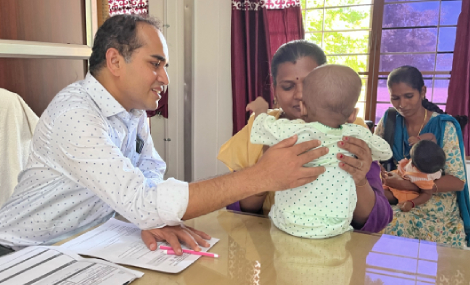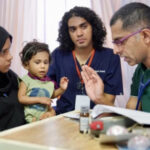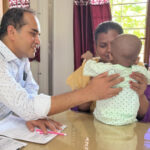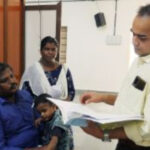
Each year in India, between 200-250,000 children a congenital heart defect. A substantial proportion of them continue to die or become disabled because they do not have access to timely intervention. A number of factors contribute this unfortunate situation. This includes missed and delayed diagnosis due to lack of awareness at the level of primary caregivers about CHD in general, absence of a mandated screening program for CHD in newborns for most states in the country.
It is not generally known that the greatest proportion of babies with CHD die in the first year of life and many do not survive beyond the first month. If fact, CHD is one of the leading contributors to infant mortality in many of the states in India where infant mortality from other common causes such as pneumonia has declined in the past few decades. Kerala is a striking example but other states such as Tamil Nadu, Maharashtra are fast catching up. For these reasons, it is imperative that all efforts are made to tackle heart disease is children at the earliest possible opportunity. Fortunately, excellent results for corrective heart surgery in the very young is now a reality in selected Indian centers that have comprehensive facilities for care of children with heart disease. There are numerous advantages in correcting heart defects at a very young age. Early correction allows catch up growth and near normal weight gain and avoids the damaging effects of the heart condition on the lung vessels. For children who are blue from low oxygen levels, early correction allows the brain to receive adequately oxygenated blood and enables optimal development. There are few situations, however, where it is reasonable to wait. They include atrial septal defects where the optimal age to close them is often after the child is 3 years old. Selected small defects (such as small VSDs) have a natural tendency to close and it is reasonable to wait to allow spontaneous closure.






